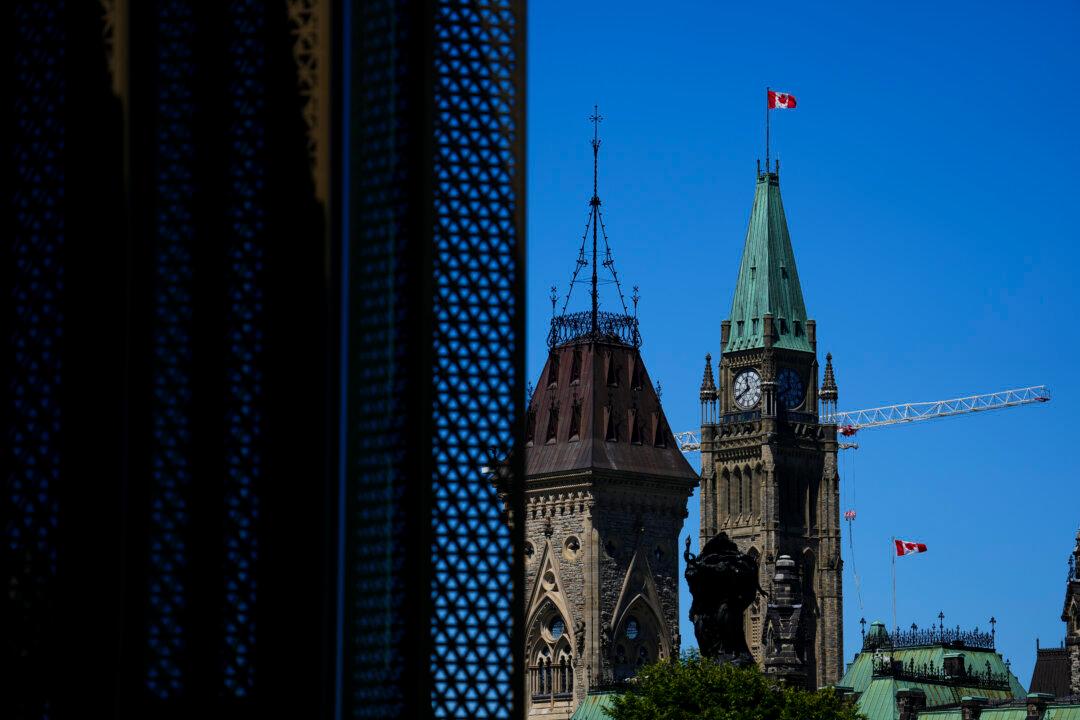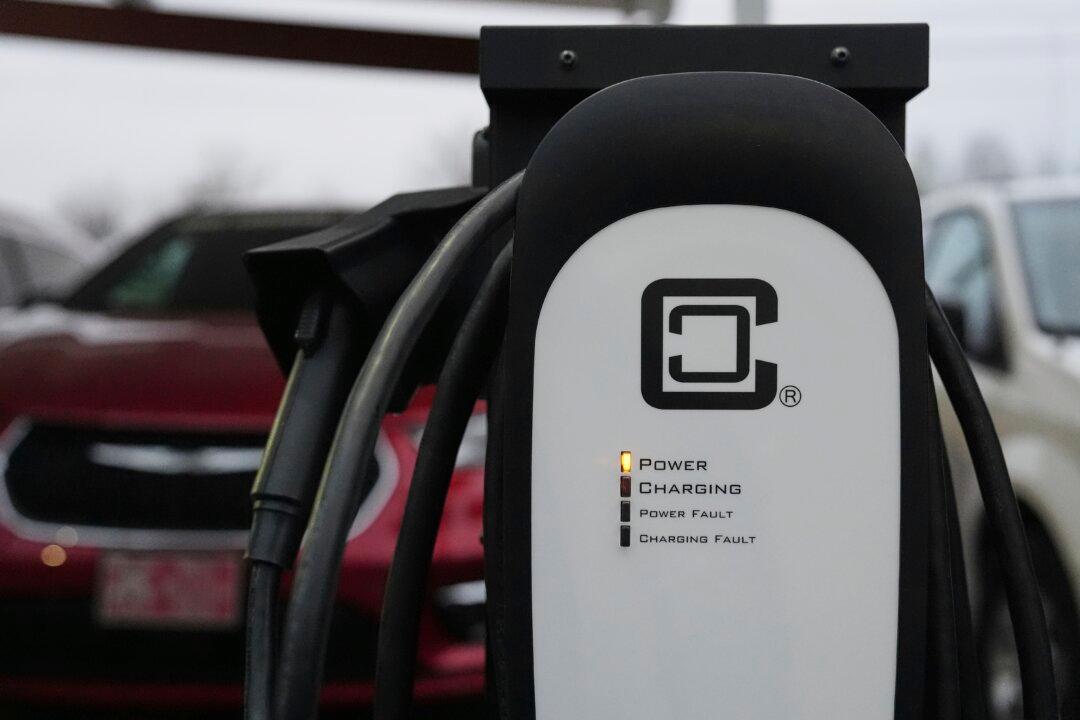Scotiabank’s $800 million deal for the naming rights to the Air Canada Centre, home of the NHL’s Toronto Maple Leafs, is the latest move by a corporation to corner the sponsorship market of the country’s national pastime.
While a whopping sum—10 times as much as Air Canada is reportedly paying annually—experts say the investment will pay back in dividends through goodwill and increased revenue as even die-hard fans have become accustomed to the new norm of stadiums bearing corporate names.
The bank announced on Aug. 29 it has signed a 20-year deal for the naming rights for the arena, which will become the Scotiabank Arena in July 2018. Next year’s name change will be the first for the 18-year-old venue.
But Scotiabank believes the investment is worth the price tag for a deal that was called “record setting” by Maple Leaf Sports & Entertainment (MLSE).
That’s because Scotia considers hockey “core to our strategy,” said Jacquie Ryan, the bank’s vice-president of sponsorship and philanthropy.
It supports more than 8,000 community teams and already has its name plastered on another NHL team’s arena, the Scotiabank Saddledome, where the Calgary Flames play.
“Hockey is a key driver of our brand health,” she said, adding, “The reach of a hockey sponsorship portfolio in Canada is significant.”
External consumer research done for the bank shows people who are aware of its financial support for hockey are 3.5 times more likely to consider using its services, Ryan said, a potential boon for a bank in a nation where it’s difficult to entice consumers to switch institutions.
The bank is looking to increase that positive sentiment by associating itself with the sport Canadians are so passionate about, said Vijay Setlur, a marketing instructor at York University’s Schulich School of Business in Toronto.
Since banks are in an industry where they all provide similar products, Setlur said it is crucial for them to differentiate from their competition through things like sports sponsorship.
The Bank of Montreal, for example, tends to focus on soccer and basketball, he said, while the Royal Bank of Canada hones in on junior hockey and the Olympics.
By branding itself as “the bank of hockey,” Setlur said, what better platform for Scotiabank “to reinforce that message than to have the naming rights of the Air Canada Centre, which arguably to some is the epicentre of hockey in this country?”
Banks could measure a deal’s effectiveness by the number of new bank accounts opened afterwards, Setlur added, as well as the amount of money deposited in them and the amount of interest the bank earned.
However, corporate names slapped onto beloved sports stadiums aren’t always well received.
When a historically named stadium is rebranded under a corporate sponsorship, fans tend to get upset, according to research conducted by Stephen Reysen, an associate professor of psychology at Texas A&M University.
That was the case in 2005 when Toronto’s SkyDome, home to the Toronto Blue Jays, was renamed the Rogers Centre much to the chagrin of fans.
However, a follow-up study Reysen conducted showed fans did not care if a stadium’s name changed from one corporation to another, as will be the case when the Air Canada Centre is renamed to the Scotiabank Arena.
“The only way fans out there will care is if Air Canada is meaningful to the fan identity, and I can’t see it being meaningful,” Reysen said.





